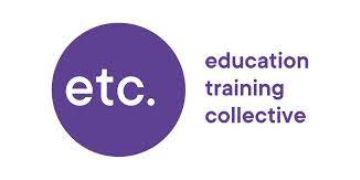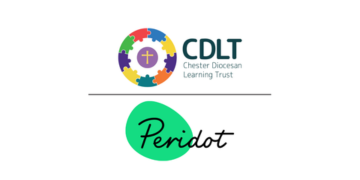If you view AI as a standalone add-on to your school development plan, it’s time for a rethink. Whether it’s improving student outcomes, closing achievement gaps, fostering critical thinking skills or preparing students for the workforce, AI can and should be integral to your approach.
We have to shift our perspective away from the idea of AI as a flashy, showcase technology. Instead, we should focus on the powerful support it can provide for day-to-day activities, whether that’s assisting with mundane tasks that consume valuable time or enhancing learning opportunities for students.
Effective AI integration involves the creation of bespoke, individual prompts or applications tailored to the unique needs of each person, task, and sometimes even the specific tool being used. This level of customisation ensures that AI directly supports the goals and objectives of the school and its stakeholders. It’s not about preset libraries of prompts or generic solutions.
There are risks, of course, but AI safety is much better ensured by embedding AI literacy into the fabric of your school than by relying on an assembly or a few explicit lessons. The AI landscape is constantly shifting, so the more sustainable approach is to foster a culture of constant conversations around AI that equips students, staff and parents with the knowledge and skills necessary to make informed decisions about its use.
This is best done through a proactive, iterative approach that is both systematic and collaborative. Based on the experiences and successes of Bourne Education Trust, here is a framework for how to get started:
1. Identify a problem or challenge faced by the school.
2. Analyse the current method of solving the problem and break it down into steps.
3. Demonstrate how AI can speed up and enhance each step.
4. Provide hands-on opportunities for staff to experiment and create their own solutions.
5. Share and discuss after each step.
6. Compare the pre-AI and post-AI final output and process.
This approach is more impactful than generic training on a specific theme or tool. It builds agency and hands-on experience that is crucial for understanding the intricacies of how AI can be beneficial, risky, or simply not useful in specific contexts.
It’s best to resist over-centralised control
For these reasons too, it’s best to resist over-centralised control and generic implementation. True transformation happens at the granular level. Effective strategies and policies should emerge from experiment and nuanced understanding – not stifle them.
Fundamentally, no one has done this before. Policy, safety and structure are undoubtedly important, but they should be underpinned by an evidence base. For now, this can only come from context-specific exploration and experience.
Importantly, staff should be empowered to do so. A recent survey of subject leaders shows the most important factors influencing their ability to embed AI in everyday practice are hands-on experience and opportunities to collaborate.
These matter even more amid resistance to change, lack of resources and valid concerns about potential risks. But the prize is potentially huge: more efficient planning and assessment, more effective personalisation, richer data analysis for more effective interventions – andall of this as well as reduced workloads, less stress and a better classroom experience.
Edtech has had its share of false dawns, in part because it has often offered solutions that were looking for problems. Now, our problems are writ large and the technology gives us the space to design the solutions ourselves. This elusive and much-needed transformation won’t happen overnight. But now more than ever it is within reach.
As leaders, all we have to do is to create the conditions that will allow it to flourish: tailored professional development, a low-stakes culture of innovation and continuous learning, a collaborative approach (internally and externally), and a healthy balance between bottom-up and top-down implementation.
That’s a far cry from a ‘nice to have’ add-on. In fact, the prize of AI may be this very shift in leadership itself.
Embedding AI use in schools was co-authored with James Newman (headteacher) and Aisleen Campbell (deputy headteacher) of Epsom and Ewell High School. Read the full report here











Your thoughts